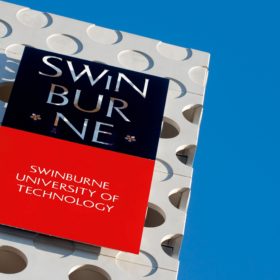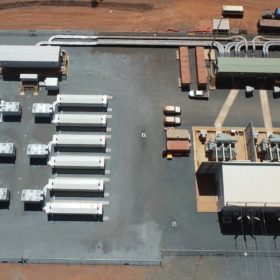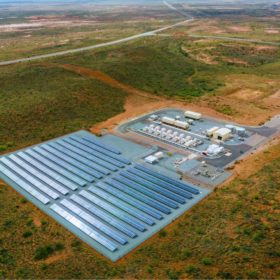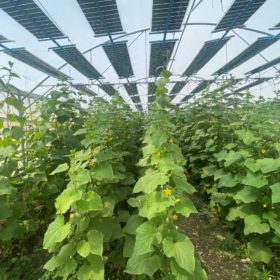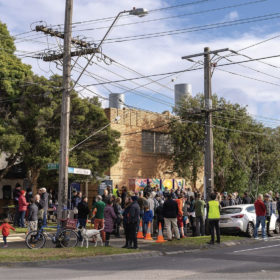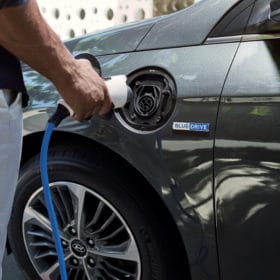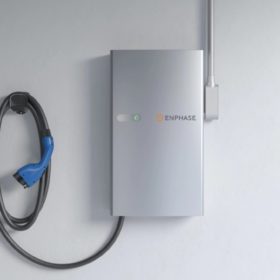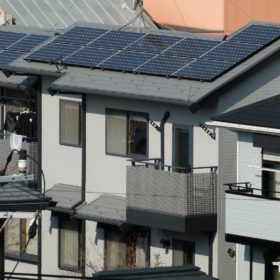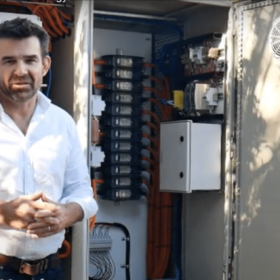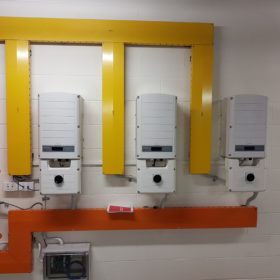Industry and academia combine to develop energy transition hub
German industrial giant Siemens has partnered with Swinburne University of Technology to develop a future grid mapping “energy transition hub.” The project seeks to accelerate the transition to renewable energies by bringing research and industry together while also serving as a learning tool for Swinburne students.
42 MW of big batteries come online to support Fortescue’s Pilbara operations
Western Australia-based Hybrid Systems Australia has commissioned 42 MW of interconnected battery storage for two Fortescue mine sites in the Pilbara region, noting the installation is one of the largest for a mining application.
Battery in WA resort town seeks to increase regional solar hosting capacity
Western Australia’s regional utility Horizon Power has installed a battery system in Exmouth on the state’s northern coast, unlocking 2 MW of solar hosting capacity. The installation is one of nine batteries being installed by the utility across the state and is arguably a more effective rendition of a “community battery.”
New agrivoltaic project to test crop-responsive PV trackers for greenhouses
An international consortium led by Israel’s Al-Zahrawi Society has launched the Regace project to develop agrivoltaic solutions for greenhouses. It will investigate the performance of a new tracking system across locations and climates and use carbon dioxide enrichment to improve crop yield.
Weekend read: A battery of dilemmas
A surge of community battery trials in Australia is seeking to make better use of the country’s vast distributed solar resource. But the results so far have battered expectations. pv magazine Australia’s Natalie Filatoff and Bella Peacock explore the motivations, challenges, and outlook for sharing and monetising solar rooftop riches.
Incentives for off-peak charging of electric vehicles could ease stress on the Australian grid
New data from Cornwall Insight Australia’s EV uptake model shows that under an extreme scenario, 22 million electric vehicles (EVs) are expected to be part of the National Electricity Market (NEM) states’ fleet by 2052.
Enphase demonstrates bidirectional EV charger
Enphase’s new bidirectional EV charger enables vehicle-to-home and vehicle-to-grid applications, and can be integrated with its home energy systems.
Evergen to test DER optimisation technology in Japanese setting
Australian energy software provider Evergen will take its solar and battery optimisation technology to Japan after teaming with Japanese companies Sharing Energy and Sassor on a pilot project to explore how to best commercialise distributed energy resources, including rooftop solar and residential battery energy storage systems, in Japan.
Queensland flow battery maker integrates products with Chinese inverters
Queensland zinc-bromine flow battery maker, Redflow, has announced its batteries have successfully been integrated with Chinese brand Deye’s hybrid inverters. Redflow says the integration “provides a range of new capabilities previously unavailable to the Australian market.”
SolarEdge inverters first to ‘natively’ comply with SA’s flexible export program
Inverter and battery manufacturer SolarEdge has become the first vendor to meet, via native inbuilt software, the upcoming requirement in South Australia for “flexible exports” from residential solar systems. From July, the South Australian government will require new rooftop systems be fitted with software that allows SA Power Networks to dynamically control solar exports.
